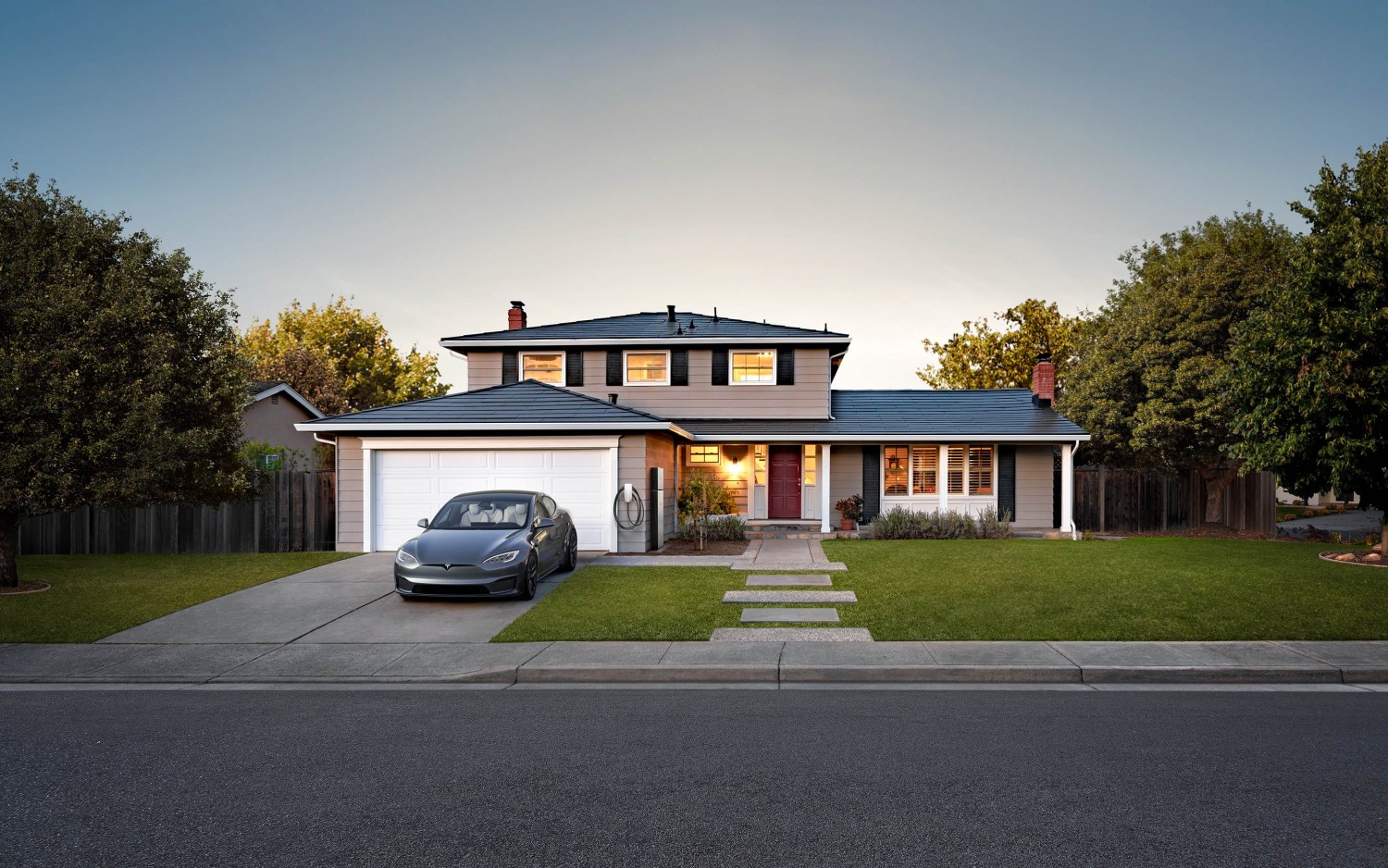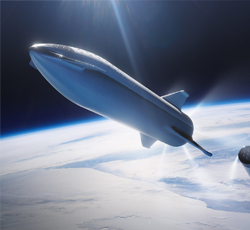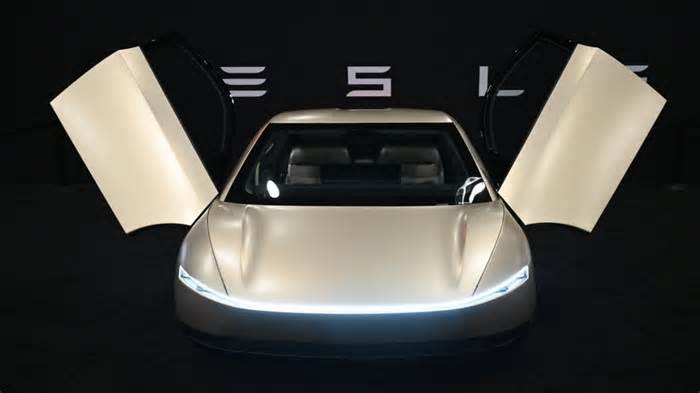
Tesla Model 3 vs. Model S: Different in Size, But What Else? - MotorTrend
- by Motor Trend
- Dec 07, 2021
- 0 Comments
- 0 Likes Flag 0 Of 5

Dec 07, 2021
Differences between the Tesla Model 3 and the larger (and older) Tesla Model S start with size and cost, as the Model 3 is a compact starting in the high-$30,000 range and the Model S is a full-size car starting in the mid-$70,000 range. (You can always check the latest on ever-fluctuating Tesla prices right here.) In terms of tech and safety features, Tesla tends to offer just about everything on both models as standard, with the main points to consider for the larger Model S being the additional performance and spaciousness, though the Model 3 is no slouch. Whether your budget is conducive to a $40,000 car or an $80,000 car, a four-door Tesla could fit the bill.
How Do Model S and Model 3 Prices Compare?
New Tesla sedans have two distinct price brackets, one in the roughly $40,000–$60,000 range and the other in the roughly $80,000–$100,000 range. The Model 3 offers the lower range, providing a highly capable electric car in the price bracket most new car buyers shop in. The Model S is higher-end, skirting just under the six-figure range and offering world-class performance. How Do Model S and Model 3 Prices Compare?
Model 3 MSRP Tesla Model 3 vs. Model S: Safety Ratings
Despite inconsistent production quality and some decidedly unsafe quirks with what Tesla calls Full Self Driving, Tesla has generally been ahead of the industry in terms of crash safety. The low center of gravity and freer crumple zone packaging afforded by the lack of an engine make all EVs potentially safer in crashes than equivalent ICE vehicles.
The Tesla Model S was last tested by NHTSA in 2013 (the current Model S is basically identical from a structural standpoint), and it aced the crash tests, with a five-star rating in all crash test categories. Likewise, the Model 3 received a straight five-star rating from NHTSA, as well.IIHS gave the Model S a straight run of Good ratings for the major crash tests in 2017 (though it was dinged for headlight performance and LATCH anchor ease of use), and as you might expect the 2022 Tesla Model 3 got the same crash ratings. It’s safe to say that both of these cars perform very well in crash tests, so this is a draw.
Tesla Model 3 vs. Model S: Performance and Acceleration
Besides exterior size and price, speed and quickness are the main differences when comparing the Tesla Model 3 and Model S. There is currently no performance Model 3 variants available, but the pre-refresh Model 3 Performance could teleport from 0 to 60 in a mind-bending 3.0 seconds. The current quickest Model S, aided by a bigger battery and a triple-motor AWD setup, can do the same run in a mind-breaking 2.1 seconds—or just under 2.0 seconds on an adhesive-sprayed dragstrip. The non-performance variants of both cars are more sane, but even the base Model S’ 3.1-second 0–60 run will be borderline disorienting for the uninitiated, and the Model 3 AWD is a genuinely quick car with a 4.0-second 0–60 time.
Please first to comment
Related Post
Stay Connected
Tweets by elonmuskTo get the latest tweets please make sure you are logged in on X on this browser.






 Energy
Energy

















